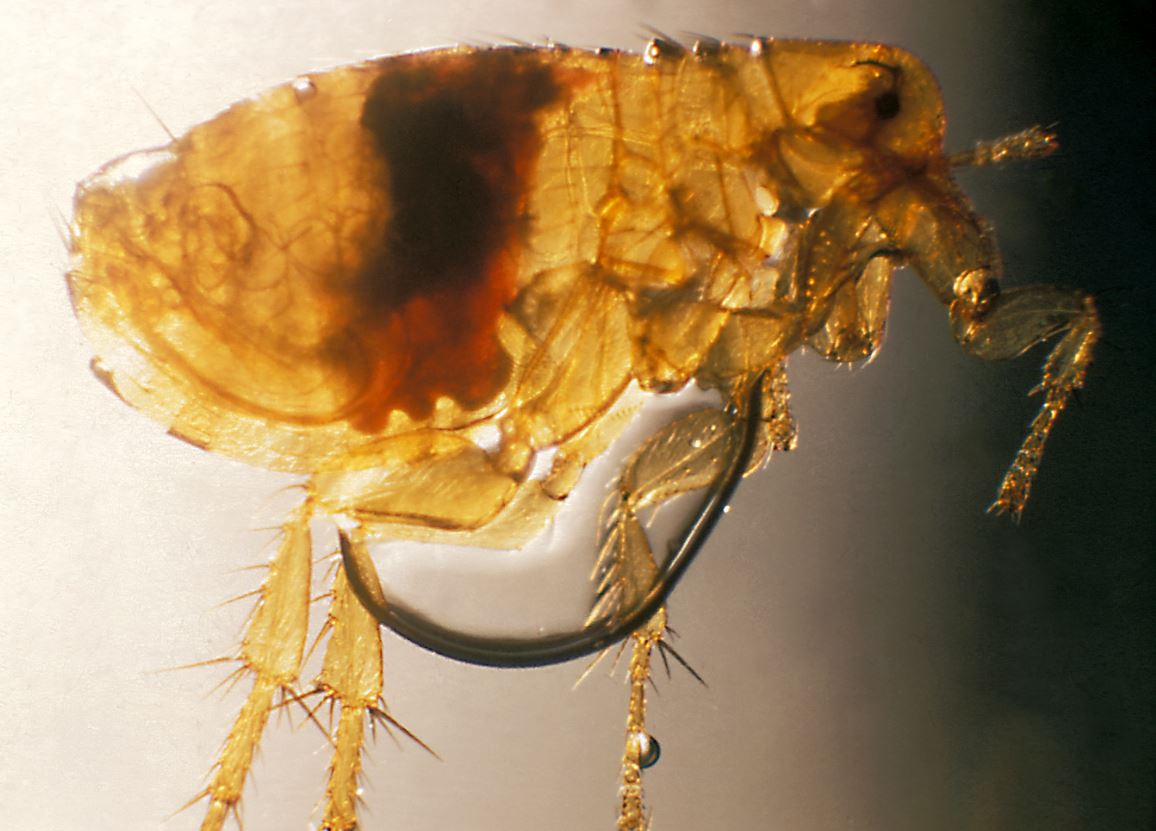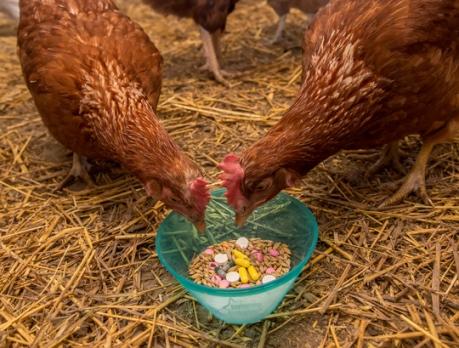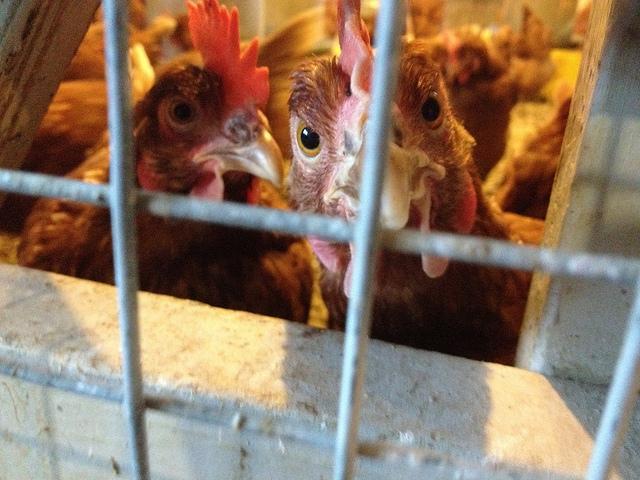Health officials in Colorado this week announced a fatal plague infection in a resident of Archuleta County, located in the southwest corner of the state.
San Juan Basin Public Health (SJBPH) said an investigation is underway. It said it monitors prairie dog die-offs to track potential plague threats, and it urged area residents to report the sudden disappearance of active prairie dog colonies. "Residents should not eradicate or kill prairie dogs on their property as this increases the risk of exposure to plague-infested fleas," SJBPH said.

CDC / Dr. Pratt
Colorado reports sporadic Yersinia pestis cases every year, and officials routinely urge people to take precautions, such as protecting pets from fleas and staying out of areas where wild rodents are found. In late June, Colorado reported a plague case in a patient from Montezuma County, also in the southwestern part of the state.












